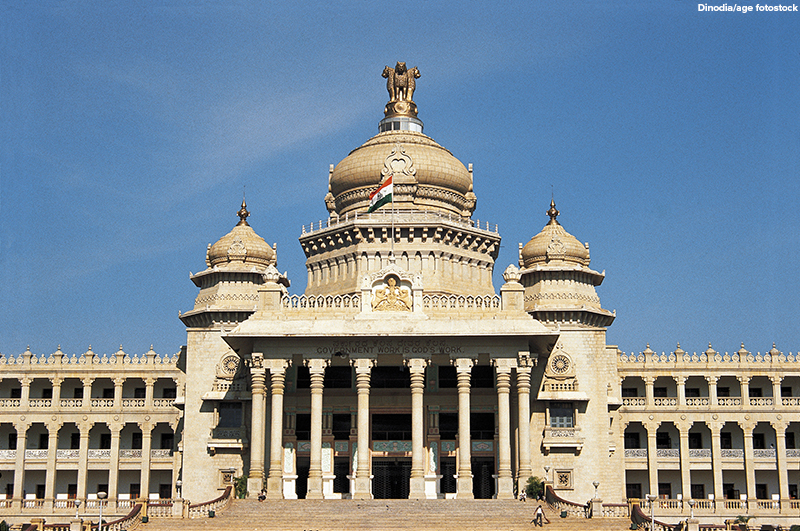
India has the challenge of conducting the largest general election in the world. The election began on April 19, 2024, and will last until June 1, 2024. Voters will determine members of the lower house of parliament. The Election Commission of India (ECI) will announce election results on June 4, 2024.

Registered Voters
India has 969 million registered voters. That is more than five times the number of registered voters in the United States for the 2020 presidential election! The ECI has the challenge of ensuring all registered voters have an opportunity to cast a ballot. One way the ECI manages so many voters is by allowing the election to occur over 44 days. India’s 28 states and eight territories are assigned one or more days to vote. For example, the states with the highest populations vote over seven days.
Size and Terrain
The ECI also sends 15 million election officials, voting equipment, and security teams to over one million polling stations nationwide. India is the world’s seventh-largest country. It has many rural and mountainous areas that are very difficult to reach. Election officials sometimes have to travel by camel or helicopter to reach every voter. There are polling stations in shipping containers, wildlife sanctuaries, remote villages with only one voter, and isolated islands. Election officials even go to the highest polling station in the world, located in the western Himalayan mountains.
Casting a Ballot
Some of the process that Indian voters follow matches the voting experience in the United States. Voters in both countries must show proper identification before voting. Indian voters show their Electors Photo Identity Card (EPIC) to enter a polling station or must be enrolled in the EPIC system and have a valid government photo ID. In the United States, registered voters most often show their drivers license or another form of ID and their signature is checked against voting registration. In the United States, this signature also prevents someone from voting more than once. In India, however, before voters can cast their ballots, election officials apply a stripe of indelible purple ink to the top of each voter’s index finger. Indelible ink reacts with light to become resistant to soap and other chemicals. Officials mark voters’ fingers to identify they have voted and to prevent them from being able to vote again.
Voters then cast their ballots using electronic voting machines. After the voter makes all of their candidate selections, the machine prints a paper ballot. This use of an electronic machine that produces a paper printout is also common in the United States. One purpose of the paper ballot is for the voter to confirm their selections were recorded correctly. The voter has seven seconds to verify their choices. Another purpose of the paper ballot is to ensure accuracy. A small number of paper ballots from each polling location are checked against the electronic voting machine ballot data to confirm they match. After the 44-day voting period has ended, the ECI then certifies the ballots and announces the results.
